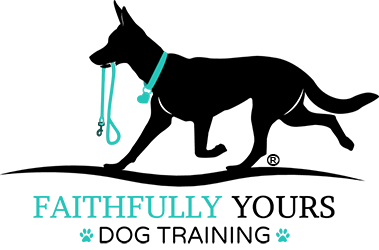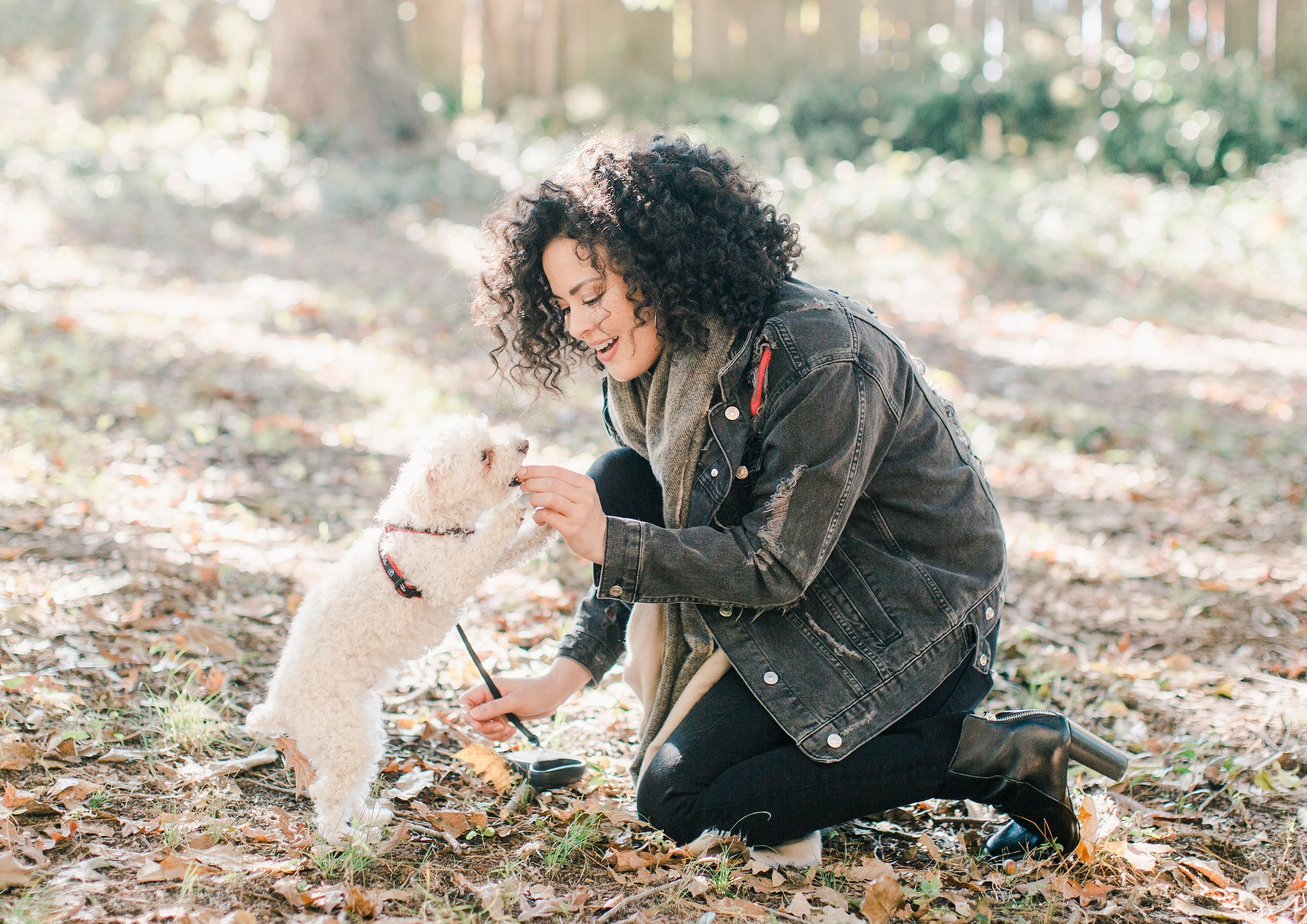Operant or Classical Conditioning In Dog Training: Is It Possible To Use Just One?
Operant or Classical Conditioning In Dog Training:
Is It Possible To Use Just One?
Written By Lauren Tsao, MS, CDBC, CPDT-KA
If you're new to the world of dog training, you may be wondering what operant conditioning and classical conditioning are, how they differ from one another, and if you can use them separately from one another. Both operant conditioning and classical conditioning are important elements of dog training, and it's important to understand the difference between the two in order to be the best trainer possible. Here's a brief overview of each type of conditioning, as well as a history of their respective pioneers, Ivan Pavlov and B.F. Skinner.
Brief History of Classical Conditioning
Dog Drooling
Classical conditioning was first discovered by Ivan Pavlov, a Russian-Soviet experimental neurologist, psychologist, and physiologist. While conducting experiments on digestion in dogs, Pavlov noticed that the dogs began to salivate whenever they saw the technician who would be feeding them and predicted food would be available. He realized that he could use this natural reflex to condition the dogs to respond in a certain way to certain stimuli.
Pavlov began training the dogs to salivate at the sound of a buzzer or metronome (this is often incorrectly labeled as a bell) by making the sound every time the dogs were about to be fed. After a while, the dogs began to associate the sound with food and would salivate even when there was no food present. This is an example of classical conditioning.
Classical conditioning is a type of learning that occurs as a consequence of two stimuli being paired together. The first stimulus is called the conditioned stimulus (CS), and the second stimulus is called the unconditioned stimulus (US). The unconditioned stimulus is one that naturally leads to an unconditioned response (UR)—a reflexive or involuntary response that does not need to be learned.
In classical conditioning, the conditioned stimulus initially has no effect on the unconditioned response. However, after pairing the conditioned stimulus with the unconditioned stimulus enough times, eventually, the conditioned stimulus will elicit the same response as the unconditioned stimulus—even when presented alone—and this learned response is called a conditioned response (CR).
Conditioned responses can be either positive or negative (good or bad); however, most research has shown that animals tend to respond more strongly to negative conditioned stimuli than to positive ones. This means that it's generally more difficult to teach an animal a positive conditioned response than it is to teach them a negative one—but it's not impossible!
Brief History of Operant Conditioning
Dog Receiving Treat
Operant conditioning was first discovered by B.F. Skinner, an American psychologist. Skinner noticed that animals would repeat behaviors that led to positive outcomes and avoid behaviors that led to negative outcomes. He realized that he could use this principle to train animals to perform specific behaviors.
Skinner developed a device called a Skinner box, which is used to train animals through operant conditioning. The Skinner box is equipped with a lever that dispenses food or water when pressed. Animals learn very quickly that pressing the lever leads to a positive outcome (receiving food or water), so they will continue to press it in order to get more rewards. Operant conditioning includes four learning quadrants, which most dog owners and trainers have heard of before: positive reinforcement, positive punishment, negative reinforcement, and negative punishment.
Positive reinforcement is when a behavior is followed by a pleasant consequence, which increases the likelihood of that behavior being repeated in the future. Negative reinforcement occurs when an unpleasant stimulus is removed after the desired behavior is displayed, which also increases the likelihood of that behavior being repeated in the future. Positive punishment is when an unpleasant consequence is given after an undesired behavior is displayed, which decreases the likelihood of that behavior being repeated in the future. Negative punishment occurs when a pleasant stimulus is removed after the undesired behavior is displayed, which also decreases the likelihood of that behavior being repeated in the future.
The most common operant conditioning-focused methods used in dog training are food rewards (positive reinforcement), the use of anti-pull training devices (negative reinforcement), time-outs (negative punishment), and leash/verbal corrections (positive punishment). It's important to note that all four of these activities can be either reinforcing or punishing, depending on when they are applied in relation to the desired behavior and that their respective quadrant depends on how our learner perceives them.
So, Am I Using Operant Or Classical Conditioning?
Dog Reading Book
Now that you know what operant conditioning and classical conditioning are, you might be wondering how you know which one you're using when training your dog—or if it's even possible to use just one at any given time. The answer? It isn't possible to use only one at any given time! They are always happening together! Pavlov and Skinner are both always on your shoulder during dog training. Every time you train your dog, both operant and classical conditioning are at play.
For example, when we are working with a reactive dog and pairing the sight of another dog in the distance with treat delivery: yes, we are using classical conditioning. However, you will see the dog eventually start to turn towards you at the sight of the other dog so, they can receive their treat. At this point, when you give the treat, you are also reinforcing the behavior of the dog turning towards you to receive a treat, which is operant conditioning at play. You will likely start to see the behavior of turning toward you when another dog appears, strengthen and become faster than before through this operant conditioning process.
This is important to understand because try as we might to separate them into neat piles, the dogs are learning through both processes at the same time and this can affect our training.
This is one of the reasons that none of our student dogs wear e-collars, prong collars, or choke chains during behavior modification sessions. For example, if the dog is wearing a prong collar, which works through causing discomfort when the dog pulls on the leash and they see another dog, tries to approach the other dog, and feels discomfort, over time you may lessen the pulling behavior through operant conditioning. But the entire time you will also be affecting the dog’s behavior through classical conditioning and pairing the sight of other dogs with the discomfort of the prong collar’s correction. Your dog may no longer approach other dogs on a leash, but they might also start to form a negative association with other dogs because both learning processes were occurring at once. So, we must be extremely careful in how our training setups are put together and consider both operant and classical conditioning possible outcomes at all times.
Conclusion
Operant and classical conditioning are two important types of learning that every dog trainer should understand. Both operant conditioning and classical conditioning occur simultaneously every time you train your dog—you can't use just one at any given time. By keeping both types of learning in mind, you can be sure that you're using the most effective techniques possible to train your furry friend!



